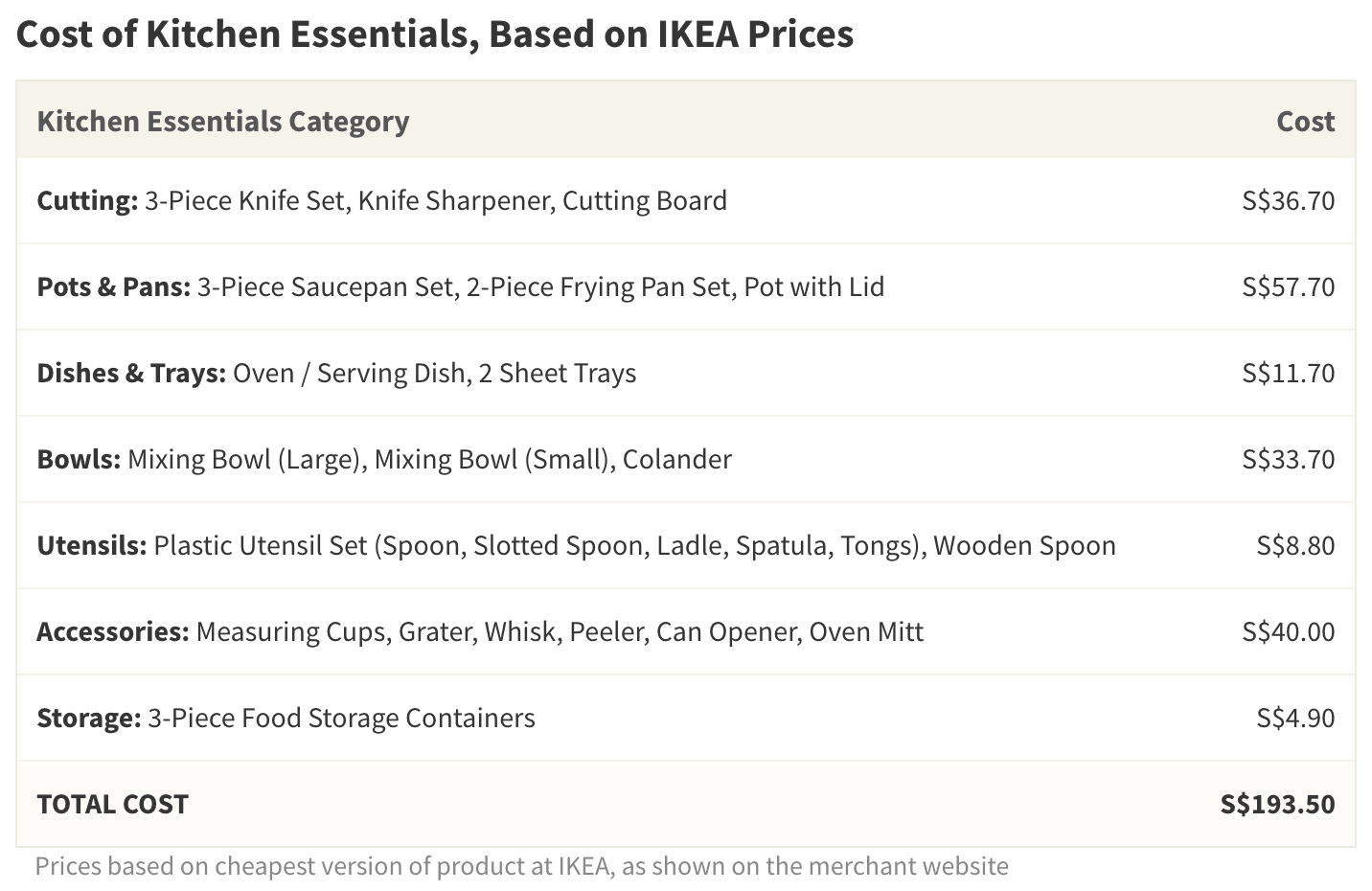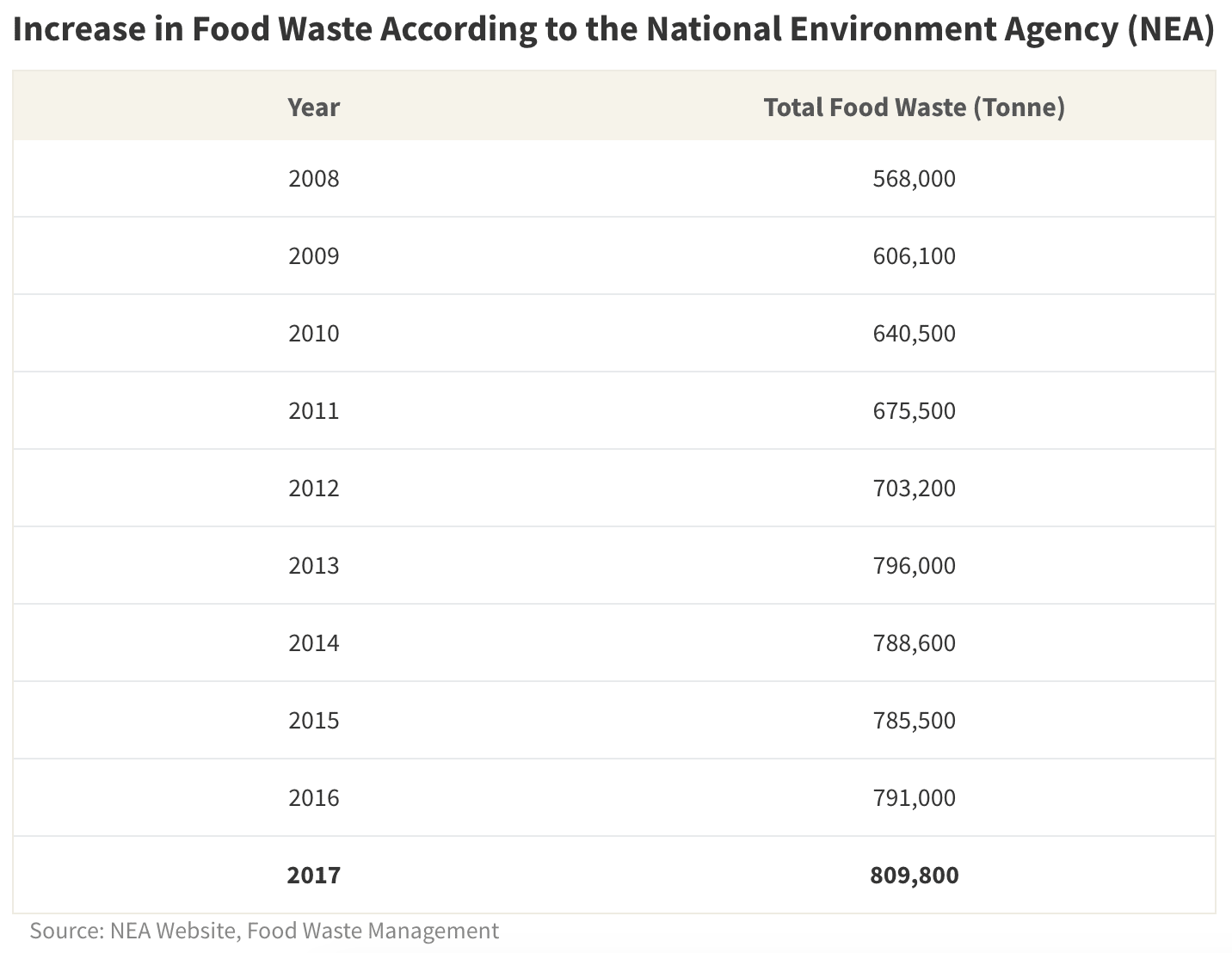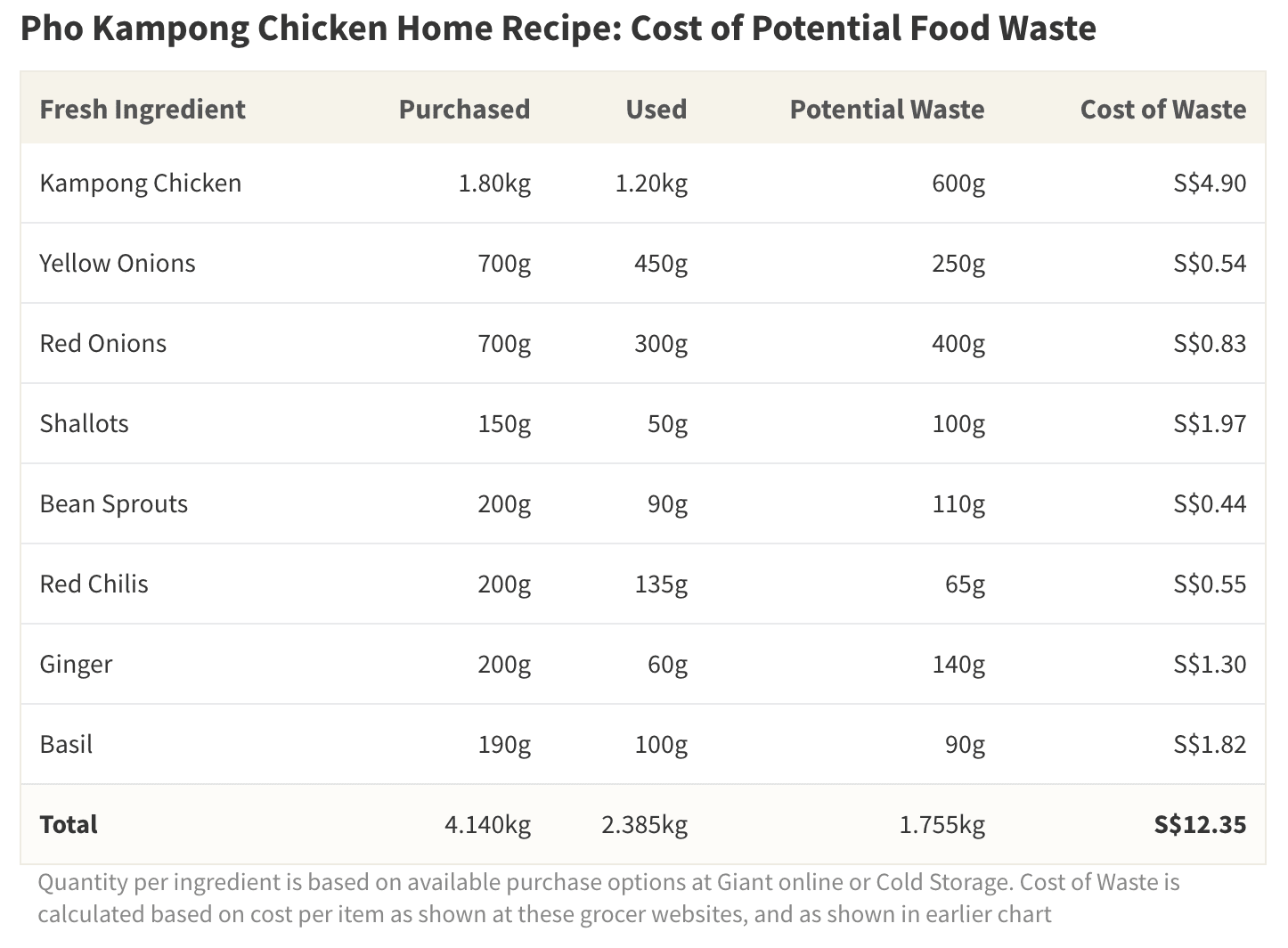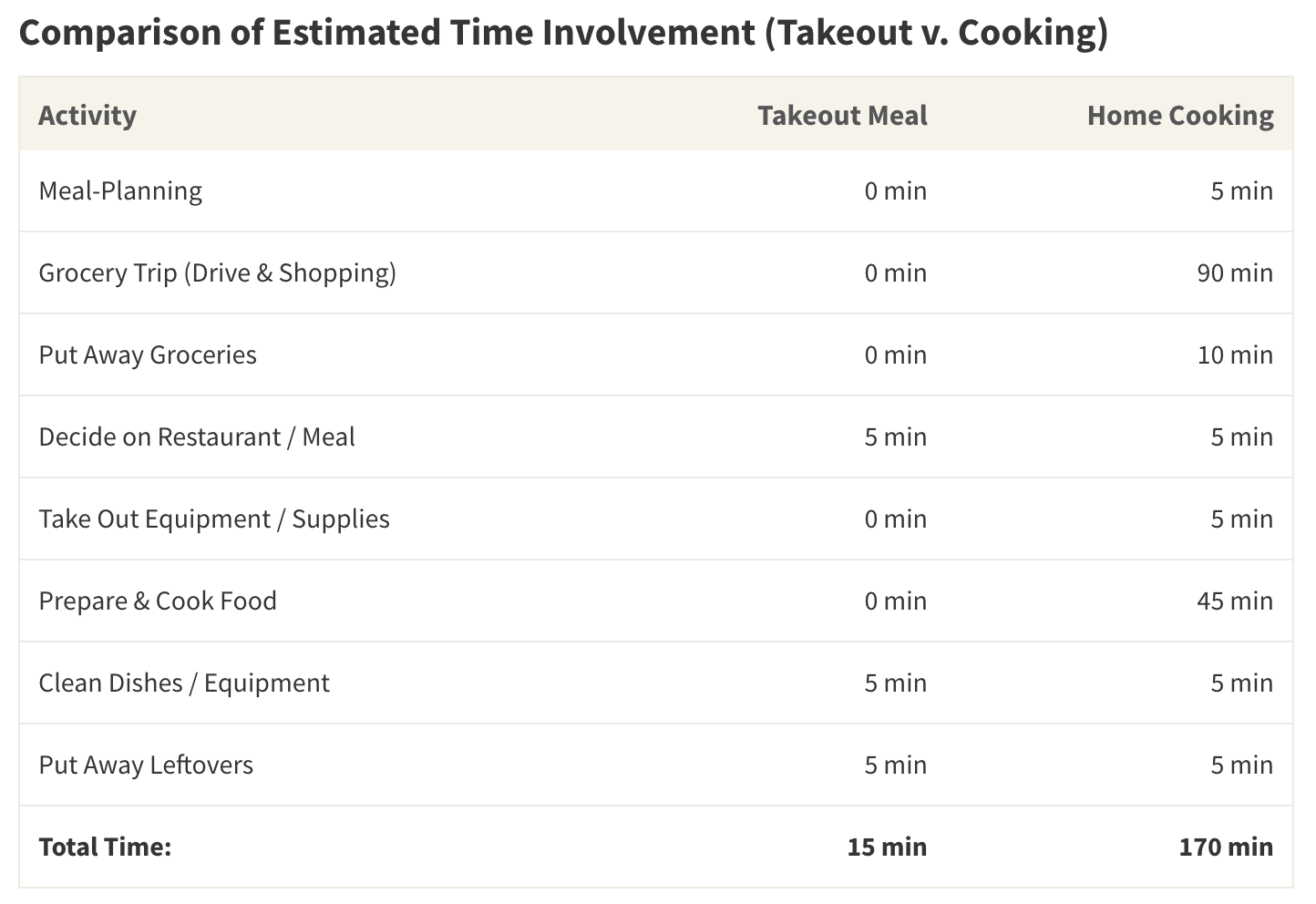It’s commonly believed that cooking at home will save you money. In fact, a recent study by Priceonomics reported that it’s 5x more expensive on average to order delivery from a restaurant than to cook at home. However, this message may be a bit misleading. Costs of overhead, food waste, and personal time are not considered–which can all have a big impact, especially for inexperienced cooks. In reality, learning to cook at home can be quite expensive–but is it more expensive than dining out?
The Cost of Getting Started: Overhead & Groceries
Perhaps you’re considering trying your hand in the kitchen. Before thinking of a great ‘first dish’ recipe, however, check your cupboards–you’ll need to make sure you have enough equipment to actually prepare and cook a meal. While you may have a few pots and pans lying around, most experts in the kitchen (like Bon Appetit) agree on a list of 10-20 absolute essentials. Unfortunately, this likely means paying quite a bit before starting on your culinary adventure. If you only purchase the cheapest versions of these products at IKEA, you could still end up spending nearly S$200. Even more, extras like coffee machines, blenders, food processors, toasters, and salad spinners are far more expensive–especially if you opt for a reputable brand. These factors may pose a barrier-to-entry for the cost-conscious, or those on a limited budget.

Even if you have enough equipment already in your kitchen, the cost of buying groceries may be more expensive than you’d anticipate. Here’s why–for most recipes, the required quantities for each ingredient are smaller than what you’re able to purchase at the store. This means that most of the time, you’ll end up purchasing in bulk. If the required ingredients are exotic, they may be hard to repurpose later; in addition, remaining fresh items can expire more quickly than you have the opportunity to use them. Spices and sauces can be expensive, and most recipes only require very small quantities–leaving you with a clutter of nearly-full bottles. Buying in bulk–and often seeking out new ingredients for new recipes–can lead to a grocery bill that’s more expensive than just getting takeout.

It’s also worth considering that both cooking equipment and groceries can take up a great deal of space. If you’re living in a small flat, every open surface may feel like prime real estate. This, in itself, is a ‘cost’ taken on by the beginning home chef.
Inexperience Drives Costly Food Waste
Food waste–or unconsumed food that has been knowingly discarded or destroyed–has been on the rise in Singapore for over a decade. In fact, according to the NEA, total generated food waste increased by over 40% from 2008 to 2017. Food waste has a significant, negative impact on the environment. However, it also has economic implications–including on the individual level.

To begin with, Singaporean households throw out an average of 140kg of food and beverages a year–this may be linked to the fact that 85% of households do not consume food before the expiration date. NEA research suggests consumers are more likely to waste food when eating at home than when dining out because they buy more than they consume. Put in other words, buying groceries in bulk–as often required for home cooking–can actually lead to notable waste. How does this impact the bottom line? The 140kg of annual waste translates to S$170 lost per household, per year. In fact, Singapore loses a total of S$200 million per year through food waste.
Buying in bulk isn’t the only cause of costly food waste. Inexperience contributes to loss as well. Research has shown that as cooking experience increases, so too does accuracy in portion control; less experienced cooks may not be especially accurate. Beginners are also more likely to make mistakes while cooking, also contributing to extra waste. Finally, newer chefs relying solely on recipes are less likely to improvise and finish off ‘odds and ends’ instead leaving them to expire or simply throwing them out.
While these ‘odds and ends’ may not seem like such a big deal, the cost of waste can quickly add up. Consider the previously shown chart of dining costs compared to buying groceries. As discussed, bulk purchases lead to a potential for food loss. The chart below shows the potential for loss for the fresh ingredients mentioned. As you can see, the cost of not using these items before they expire is actually higher than purchasing an actual Nam Nam’s Pho Kampong Chicken dish; the potential loss comes to S$12.35 while the restaurant dish costs just S$8.90.

Time is Money
Every minute you spend actually has a quantifiable worth, calculated based on annual salary and hours worked per year. Based on data for 2019, the average Singaporean’s salary is S$67,152, with 2,600 hours worked per year. This means that the value of 1 hour is S$25.83 for the average Singaporean. Therefore, you can easily calculate the cost of the time you spend on home cooking.
To begin with, the cost of cooking actually extends far beyond following the recipe. There are many time-intensive steps that you wouldn’t encounter if dining out. Before even entering the kitchen, you’ll need to draft a grocery list based on meals you plan to prepare, drive roundtrip to the grocery store, shop at the grocery store, and then unpack/put away your groceries after returning home. When you actually get around to cooking, you’ll need to take out all of the necessary supplies and equipment, prep for the actual cooking process, cook, and then serve the meal. Finally, home cooking entails clean up–both in terms of washing dishes and putting away supplies as well as storing leftovers from the meal. Dining out essentially requires picking a restaurant and meal, and perhaps a small amount of clean-up. The time discrepancy is huge.

Considering this, simply preparing a meal–disregarding grocery shopping time–can also be costly. Multiplying the average value of an hour by the amount of time taken to prep, cook and clean reveals the cost of time for home-cooking that meal. This calculation does not include the actual cost of the groceries, which only adds to the total expense.

Finally, it’s worth pointing out that while there are 30 minute meal recipes, these may not provide much of a ‘savings’ to inexperienced cooks, who are less likely to move with expediency without making mistakes. These quick dinner recipes also do not include time needed to set up and clean up. In addition, rushing may increase the likelihood of mistakes, which in turn increase food waste and the associated cost.
Conclusion: What’s it Worth?
If you’re inexperienced in the kitchen and are considering cooking at home more often, you may want to think twice before assuming you’ll save money. From the cost of groceries and food waste to the actual cost of your time, expenses can quickly add up–especially for the busy professional. Two ways in which these costs may be made up are if you truly enjoy cooking, or find eating your own meals especially rewarding. Either way, whether you dine out or buy groceries and cook at home, remember to check your credit card to see if you can earn rewards to offset the cost of your purchases.
The article originally appeared on ValueChampion.
ValueChampion helps you find the most relevant information to optimise your personal finances. Like us on our Facebook page to keep up to date with our latest news and articles.
More From ValueChampion:
Source: VP


